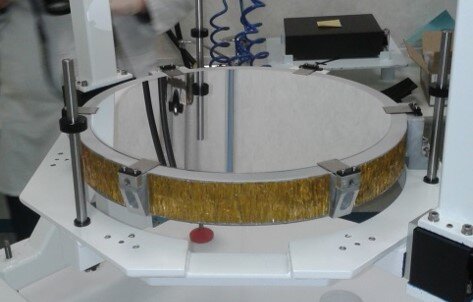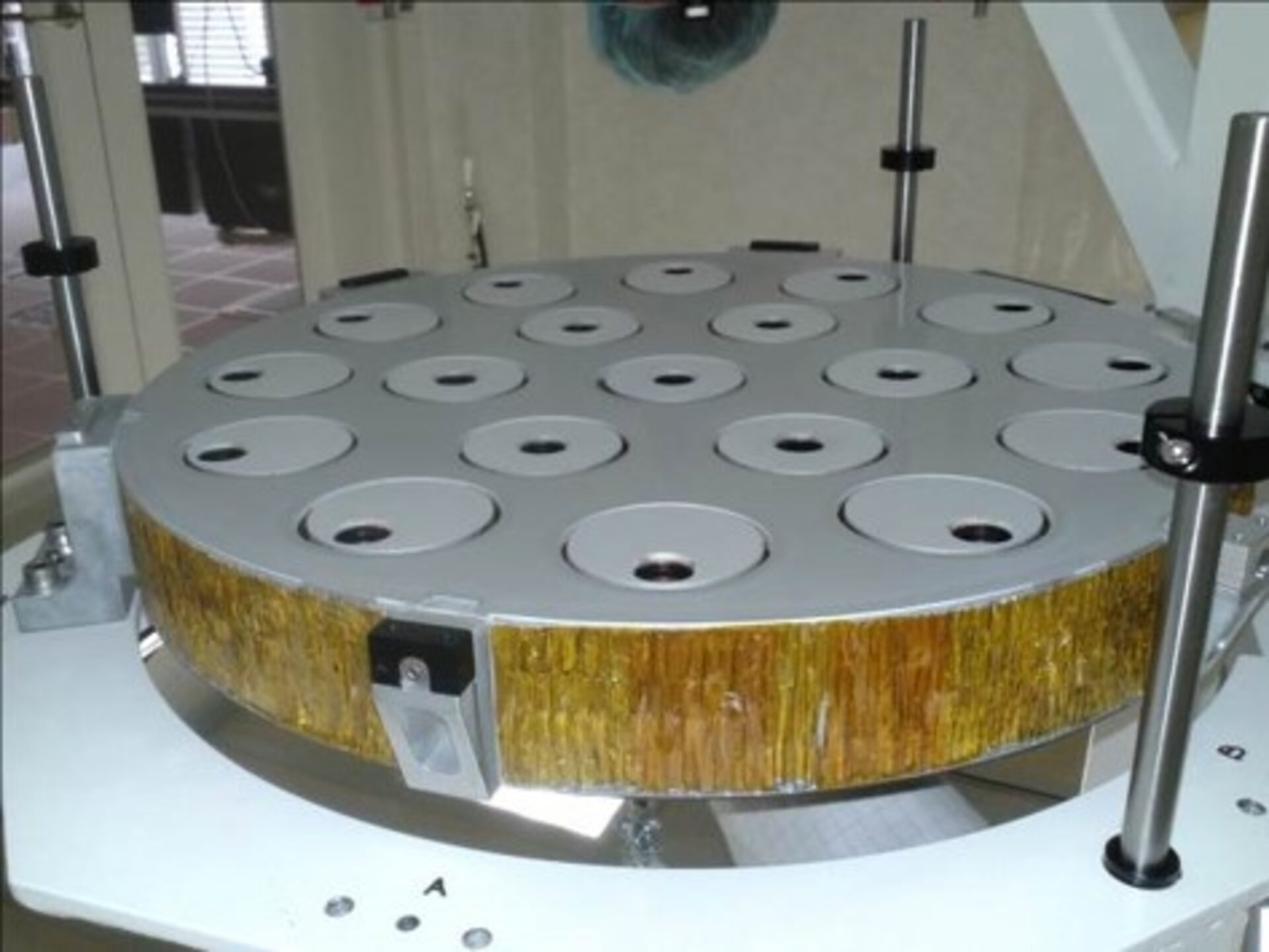Large Aperture Telescope Technology - LATT
| Programme: | TRP Workplan | Achieved TRL: | 5 |
| Reference: | T116-051MM | Closure: | 2015 |
| Contractors: | OHB-CGS (IT) (prime), ADS-International, Microgate, INAF-Arcetri, CNR-INO | ||
The use of large primary mirrors as entrance aperture of optical systems is crucial to get higher image resolution in next generation space missions. To be large, these mirrors must be conceived as lightweight and deployable, therefore actively controllable to compensate for thermo-mechanical deformations and optical quality. Besides, they must be safe during launch.
Large Aperture Telescope Technology (LATT) activity inherits experience on Adaptive Optics on ground based telescoped.
Objectives
The main objective is to develop, demonstrate and validate novel technologies for lightweight large aperture deployable telescopes. This was achieved by building appropriate breadboards (BBs) and testing their performance:
- Optical BB: for verification of Lightweight Mirror Technologies & Safe Launch locking device
- Deployment BB: for verification of the Deployable mechanisms

Achievements and status
The core of the LATT approach is a 1-mm thick Zerodur glass shell with 5-m radius of curvature as the optical surface, actively shaped by contactless fail-safe voice-coil actuators, controlled in close loop by an internal metrology fed by capacitive position sensors along their stroke (+/-500μm).
The mechanical support is an ultra-low mass CFRP + Aluminum honeycomb structure, housing the actuators and the electronics and providing the electrostatic locking capability for the shell during launch.
A 40-cm diameter, spherical F/6 demonstration prototype with 19 actuators was assembled (i.e. the Optical BB); its areal density is around 17 kg/m2 and the power dissipation is ~55 mW/actuator. It was subjected to a qualification campaign, including optical, thermo-vacuum, thermal cycling and vibration tests.
Benefits
Lightweight active mirror breadboard successfully passed the planned environmental tests. The technology is already suitable for primary active mirrors, with some improvements on some subsystems.
Next steps
A GSTP activity is proposed to optimize some elements, to reduce the areal density, to increase the TRL and possibly to prove the concept with more than one petal.















 Germany
Germany
 Austria
Austria
 Belgium
Belgium
 Denmark
Denmark
 Spain
Spain
 Estonia
Estonia
 Finland
Finland
 France
France
 Greece
Greece
 Hungary
Hungary
 Ireland
Ireland
 Italy
Italy
 Luxembourg
Luxembourg
 Norway
Norway
 The Netherlands
The Netherlands
 Poland
Poland
 Portugal
Portugal
 Czechia
Czechia
 Romania
Romania
 United Kingdom
United Kingdom
 Slovenia
Slovenia
 Sweden
Sweden
 Switzerland
Switzerland



























